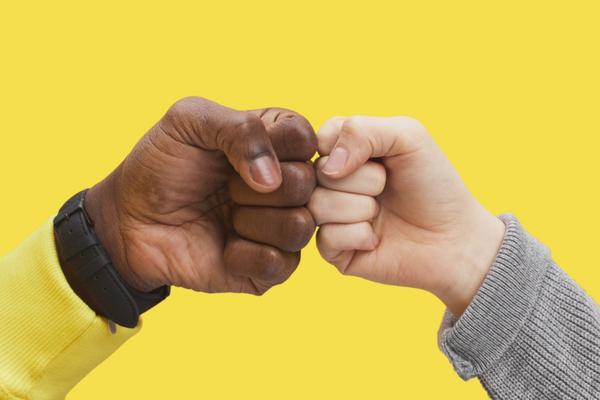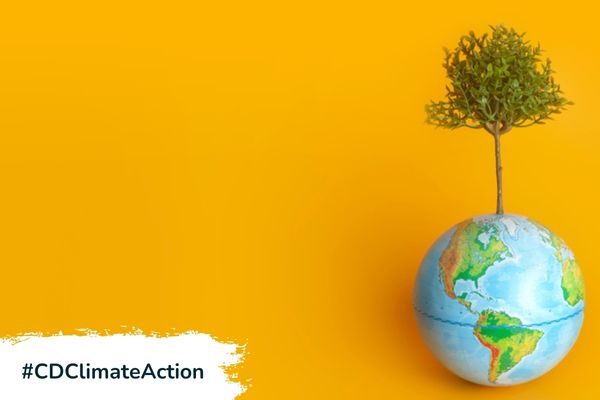Insights
INSIGHTS
All Topics
My Account
Co-production: how to boost impact
04 Oct 2022by Christine Chiu
Co-production with others takes charities to a new level of engagement
Charities are known for their ability to deliver services and impact. To ‘super-charge’ things, co-operation with other stakeholders can spur momentum. Co-production, a form of charity co-operation, happens when people get together to achieve a common goal.
How does co-production work?
Co-production revolves around quality, co-operation, and productivity. Involve, a public engagement agency, agrees: “Co-production [is] where service providers and users work together to reach a collective outcome. The approach is value-driven and built on the principle that those who are affected by a service are best placed to help design it.”
In practice, co-production happens when charities invite or are invited by other organisations to deliver something. These partnerships can be a mix of organisations. Typical partnerships are charities, communities, and government for service delivery.
For added marketing and fundraising power, businesses are often valuable charity collaborators. The most common partnerships are those between charities, their beneficiaries, and audience members.
The heart of co-production
At the core of many charities is delivering a service. Whether it’s about feeding hungry mouths or companionship, partnerships are key.
South Yorkshire Housing Association’s Helen Phoenix describes how her organisation engages the local community: “Putting people at the heart at all stages of running services, including co-design, co-delivery, co-evaluation and co-governance.”
For South Yorkshire Housing Association, co-production means engaging with, and getting feedback from, those that they serve. For most collaborations, co-production is about acknowledging other parties and leveraging joint experiences.
Charities find powerful partners within their audiences
Co-production can mean working with audiences and beneficiaries to deliver a message. Getting insight from those you help gives more sentiment to the cause.
Turn2Us uses co-production to deliver on its purpose. The charity works to eliminate social exclusion. One of the root causes of ostracism is poverty – tapping into government benefits is one marker. Turn2Us launched a social media campaign to help ease embarrassment and increase inclusion.
The Benefits Aware Campaign was co-produced by audience members. Here, the charity showcased not only the work they do, but how people are affected by financial exclusion. Select excerpts were taken from beneficiaries and launched on the website and social media outlets.
Turn2Us’s campaign is just the start. The charity’s Chief executive Thomas Lawson says of co-production: “We did have a co-production officer in place who was building a co-production strategy across the organisation with our co-production partners – people with lived experience of financial exclusion. So we had left the foothills but by no means had we begun to scale the heights of co-production when COVID-19 hit.”
Co-production is about engagement
Input and feedback are part of the core processes. Inviting stakeholders to participate enhances the emotion behind charity messages.
Mind UK is adept at getting audiences to participate. Peerfest is an annual co-production focusing on shared, lived, and learned experiences. It’s a collaboration from everyone touched by mental illness. The celebration of support network is organised by “people with lived experience representing national and local organisations with experience in peer support, together with survivor/lived experience researchers/consultants”.
The reason the event is so successful is because of the co-production principles: “Peerfest wouldn’t be the same if we did not use a co-production ethos and process. Using Co-production principles, we have established a format that works and responds to feedback throughout.” For Mind, this type of collaboration brings out the best ideas from participants and contributors.
The best digital resources
Delivering a co-production doesn’t happen magically. There are many different ways of doing it. Digital resources help clarify the different approaches.
Homeless Link offers a cache of co-production materials. The digital toolkit includes an overview of key principles and ideas. The chief concept is that it’s not just about getting other opinions. What co-production really means is having other groups of people taking the decisions. Beyond the concept document, the how-tos deep dive into delivery. These include mentorship, commissioning, and recruitment.
Examples of charity co-productions are numerous. Camphill Village Trust references events and projects which others find inspiring. For digitally minded organisations, film and video productions stand out. For materials, Camphill Village Trust has co-designed newsletters and policies with audiences and stakeholders.
Things to be aware of
With so many valuable insights to hand, co-production isn’t always the easiest way forward.
Before jumping in, Making Space’s guide lists pitfalls to look out for:
- Keeping everyone informed in an accessible way
- Making sure everyone has a fair opportunity to voice their views
- Assessing what the aims and limitations are
- Balancing risk taking with safety concerns
While there are a few aspects to be cognisant of, overall, the benefits outweigh the challenges.
More on this topic
Related Content
Recommended Products
03 Jan 2025by Ioan Marc Jones
Climate change facts you need to know in 2025
03 Jan 2025by Ioan Marc Jones
An A-Z glossary of climate change terms and definitions
Our Events
Charity Digital Academy
Our courses aim, in just three hours, to enhance soft skills and hard skills, boost your knowledge of finance and artificial intelligence, and supercharge your digital capabilities. Check out some of the incredible options by clicking here.
















